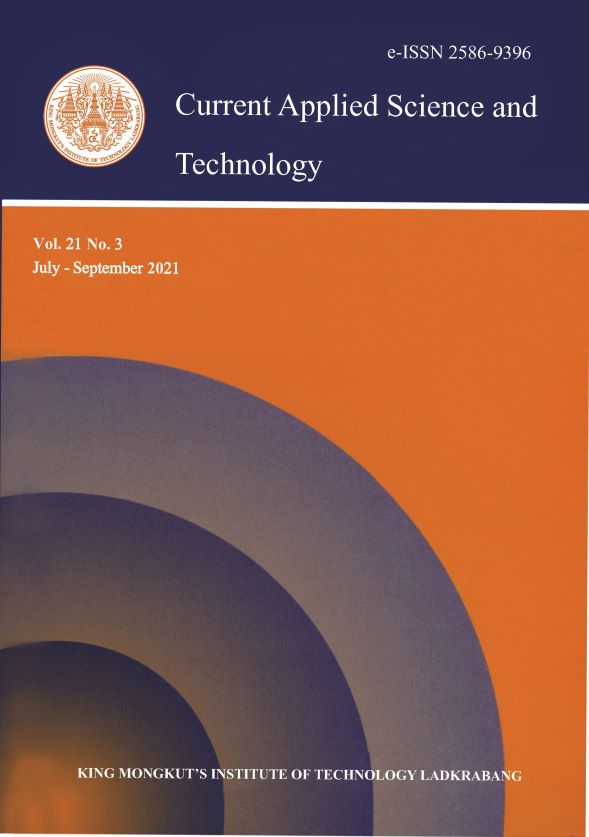The efficiency of calcium chloride (CaCl2) or calcium gluconate (Ca-Glu) immersion on physicochemical quality and bioactive compounds of ready-to-cook baby corns during cold storage at 4 ± 1ºC for 7 d was investigated. Baby corns were immersed in 1% (w/v) CaCl2, 1% (w/v) Ca-Glu or distilled water (control) for 1 min. The biological parameters such as superficial colour attributes, weight loss, texture, pectin fractions, antioxidant activities and bioactive compounds of baby corns were determined. Both calcium immersions did not affect superficial the colour attributes of the baby corn compared to the control sample during storage. Baby corn texture was maintained by calcium immersions, with CaCl2 evidently better maintaining texture compared to Ca-Glu. The texture maintenance by calcium immersions was associated with the retardation of increased EDTA-soluble pectin content and decreased Na2CO3-soluble pectin content. Ca-Glu immersion exhibited the enhancement of antioxidant activity and the concentrations of total phenols and ascorbic acid as well as the retention of free radical scavenging activity and flavonoid content during storage. In conclusion, 1% Ca-Glu immersion is a feasible alternative for maintaining texture and enhanced nutritional value of ready-to-cook baby corns during storage.
Keywords: baby corn; calcium immersion; texture; bioactive compound
*Corresponding author: E-mail: chairat.te@kmitl.ac.th
Supapvanich, S. undefined. ., Promyou, S. undefined. ., & Techavuthiporn*, C. undefined. . (2021). Efficient Comparison of Calcium Chloride and Calcium Gluconate Immersions on Quality Maintenance and Bioactive Compounds of Ready-to-cook Baby Corns. CURRENT APPLIED SCIENCE AND TECHNOLOGY, 524-534.
